
Fresh, vibrant scallops still dripping from the sea don't need anything more than kosher salt, freshly ground black pepper, good quality olive oil and a screaming-hot pan to sing. But if you don't remove them just when they finish searing, they overcook and quality doesn't matter anymore. Searing scallops is easy but exacting, and when done correctly, the hallmark of a studied chef that cooks with finesse. Whether you're searing calico, bay or sea scallops, cook them the same: carefully but quickly.
Step 1
Shuck the scallops over a bowl, if cooking them fresh, and reserve the liquor. Cut the abductor muscle, called the foot, from the scallops. If cooking frozen scallops, thaw them in the refrigerator for about 45 minutes and let them drain in a colander.
Step 2
Pat the scallops dry on the top, bottom and sides with paper towels. A dry surface is crucial to searing.
Step 3
Pour a couple tablespoons of virgin, fino or light olive oil in a nonstick saute pan. Extra-virgin cold-pressed olive oils make excellent finishing oils because of their pure flavor, but they make poor cooking oils because of their low smoking point.
Step 4
Heat the pan on the stove over medium-high heat until you see wisps of smoke wafting from the oil. The oil also shimmers in the light when it's hot enough to develop the sear you're looking for.
Step 5
Season the scallops on both sides with kosher salt and freshly ground black pepper as soon as the oil is hot enough. Waiting until the last second to season the scallops doesn't give the salt enough time to pull moisture from them.
Step 6
Lay the scallops in the pan in a clockwise direction starting at 12 o'clock, spacing them at least 1/4 to 1/2 inch apart. Laying the scallops in one direction starting at an easy-to-remember point in the pan makes it easier to know when to flip them over.
Step 7
Sear the scallops until a deep golden-brown crust forms, about 2 to 3 minutes for calico and bay scallops, and about 4 minutes for sea scallops.
Step 8
Turn the scallops over, starting at 12 o'clock and moving clockwise.
Step 9
Sear the other side until golden brown. It should take the scallops about 30 seconds less to form a crust on the second side than it did on the first side because the scallops are hot now.
Step 10
Take the scallops out of the pan and set them aside. If you want to make a quick pan sauce, melt butter, freshly chopped herbs and lemon juice in the pan and swirl to incorporate. You can also squeeze fresh lemon juice in the olive oil along with the liquor you collected when shucking, if you have some.
Step 11
Pour the olive oil or pan sauce over the scallops before serving.
Related Articles
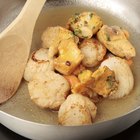
How to Cook Scallops in Butter

How to Cook a Breaded Thick Cube Steak

Cooking Scallops in a George Foreman

How to Cook Boneless Lamb Fillets
How to Freeze Sea Scallops
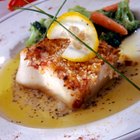
How to Pan Fry Sea Bass

How to Cook Axis Deer Steaks

How to Cook Salmon Fillets on the Stove ...

How to Boil Conch in the Shell

How to Cook Scallops

How to Cook Sauteed Perch Fillets
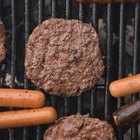
How to Cook a Frozen Beef Patty ...

How to Make Sure Cooked Clams Have No ...
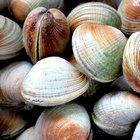
How to Steam Littleneck Clams
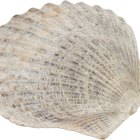
How to Bake Scallops in the Shell

How to Grill Bay Scallops
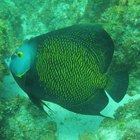
How to Cook Angelfish

How to Cook Grey Sole Easily

How to Cook Bream Fish
How to Cook Cobia
References
Writer Bio
A.J. Andrews' work has appeared in Food and Wine, Fricote and "BBC Good Food." He lives in Europe where he bakes with wild yeast, milks goats for cheese and prepares for the Court of Master Sommeliers level II exam. Andrews received formal training at Le Cordon Bleu.
Photo Credits
Eising/Photodisc/Getty Images